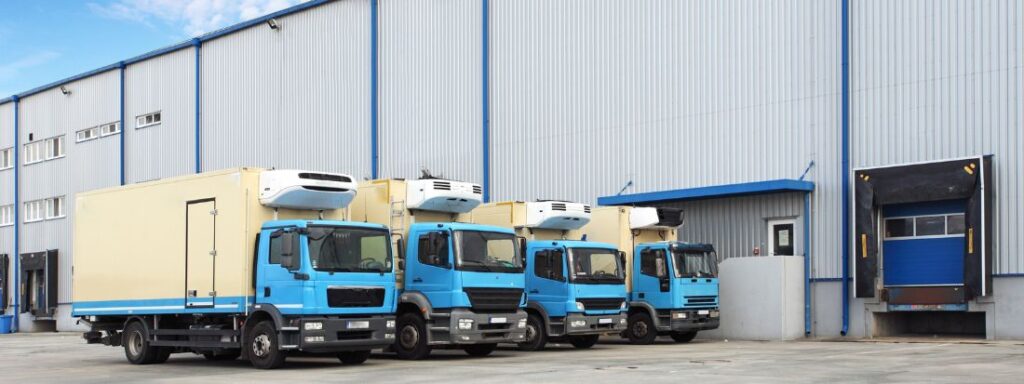
The warehouse receiving process is the first step in the supply chain and the process of accepting and verifying incoming shipments of goods or materials. The process involves inspecting the goods, comparing them to the purchase order, and ensuring that everything is in good condition before being stored in the warehouse. The receiving process is essential to maintain inventory accuracy, minimize errors, and ensure timely delivery to customers.
A smooth warehouse receiving process is crucial for the overall efficiency of your supply chain. A poorly managed receiving process can cause bottlenecks, delays, and errors that can impact your entire operation. The following are some of the benefits of having an efficient receiving process:
By verifying incoming shipments and ensuring that they match the purchase order, you can minimize inventory discrepancies and improve accuracy.
With a streamlined receiving process, you can quickly move inventory to storage or processing, reducing delays and improving efficiency.
Inspecting incoming shipments allows you to identify any damaged or defective items, reducing the likelihood of customer complaints and returns.
By delivering products on time and with accuracy, you can enhance customer satisfaction and build a positive reputation for your business.
Before the actual receiving process begins, it’s essential to prepare the warehouse for incoming shipments. This includes ensuring that the storage area is clean, organized, and ready to receive new inventory. The following are some of the pre-receiving preparations:
The warehouse receiving process consists of several essential procedures that ensure that incoming shipments are accurately received and processed. The following are some of the standard receiving procedures:

The first step in the receiving process is to inspect the incoming shipments. This includes checking for damage, verifying the order quantity, and ensuring that the items match the purchase order. If there is any damage or discrepancies, the receiving team should notify the supplier immediately.
The next step is to verify the quantity of items received against the purchase order. This includes checking the number of items, weight, and dimensions to ensure that everything matches the purchase order.

Once the items have been inspected and counted, they need to be labeled and identified. This includes labeling the items with barcodes, serial numbers, and any other relevant information that will be used to track them in the inventory management system.
After labelling, the items are sorted based on their characteristics, such as size, weight, fragility, and expiration dates. Sorting helps to optimize storage space and facilitates easy retrieval when needed.
Once the items have been inspected, labeled, and sorted, they are ready for storage in the warehouse. The receiving team should ensure that items are stored in the correct location, based on their characteristics, to prevent damage and facilitate easy retrieval.
The final step in the receiving process is data entry. This involves updating the inventory management system with the relevant information about the received items, including the item name, description, quantity, and location. Accurate data entry is essential to maintain inventory accuracy and facilitate efficient order processing.
Despite the importance of a smooth receiving process, there are several challenges that warehouse managers may encounter. Some of the common challenges include:
To overcome the challenges and optimize the warehouse receiving process, the following best practices can be implemented:
In conclusion, the warehouse receiving process is a crucial aspect of the supply chain that can impact the overall efficiency and customer satisfaction of a business. Implementing best practices such as a systematic process, utilizing technology, prioritizing communication, training the receiving team, and optimizing storage space can help to ensure a smooth receiving process and minimize errors.
Contact Us
Related
Get started with Axacute and improve your business operations.